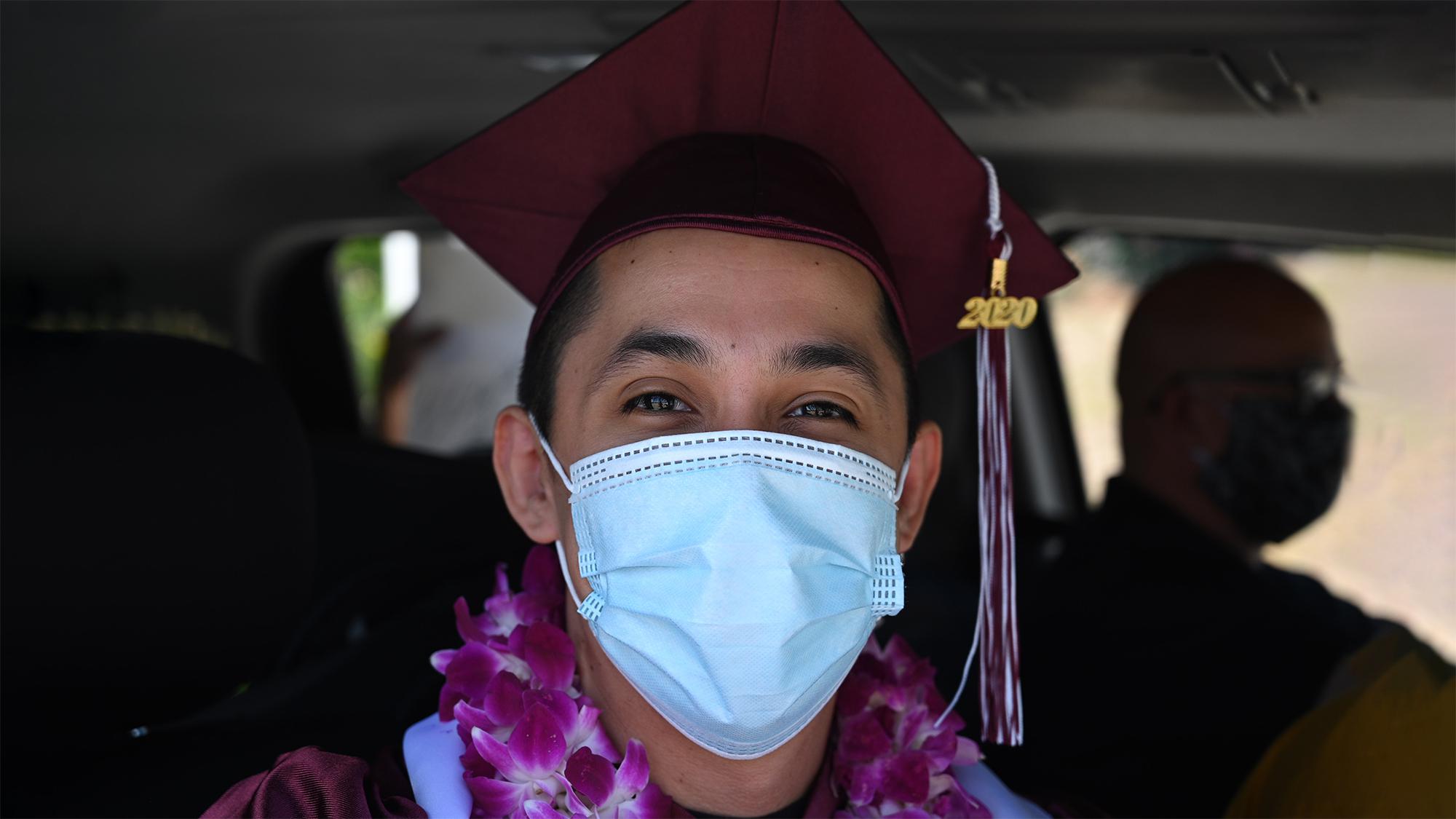America needs faster and cheaper pathways to good jobs

Image: Shutterstock / Big Think
- Since the COVID-19 crisis, Google has seen an explosion in searches for online courses. Yet it has not seen any uptick in searches for degree programs. Why is that?
- When it comes to time, cost, and employment opportunities, traditional university degree programs are not paying attention to product-market fit.
- More and more students are searching for faster and cheaper pathways to good first digital jobs such as apprenticeships and programs that hire candidates on day one with a promise to upskill and ultimately place them at a client.
Since COVID-19 began upending our lives and throwing millions of people out of work, Google has seen an explosion in searches for online courses. But we’re not seeing any uptick in searches for degree programs. How can this be when we’ve just entered the biggest recession in nearly a century (and the most sudden in history), when enrollment in higher education institutions has always been counter-cyclical, and when one-third of respondents to a new Strada survey say they’ll “need additional education or training to find another job with the same wages or income”?
Even before the pandemic, prospective students were increasingly focused on employment outcomes. A generation ago, only about 50% of students enrolling in degree programs indicated that employment was their primary or sole motivation. Recent surveys consistently reported that number north of 90%. And with tens of millions of Americans newly unemployed or underemployed due to COVID-19, the market of potential students is now even more employment-centric.
When Henry Ford famously said of his Model T “a customer can have a car painted any color he wants as long as it’s black,” he might have been talking about colleges and universities in 2020.
What does it take to get a good job these days? A shedload of different skills. Many of these skills are digital, and with a much larger pool of available talent, employers are likely to become even more finicky. But from a product evolution standpoint, higher education is about where automobile manufacturers were a century ago. When Henry Ford famously said of his Model T “a customer can have a car painted any color he wants as long as it’s black,” he might have been talking about colleges and universities in 2020. Ford’s Model T offered 2-door and 4-door versions, as well as roadsters and town cars, but all essentially the same black-painted car. Similarly, colleges and universities offer different majors, but traditional bachelor’s degree programs are isomorphic per the most important criteria for employment-centric students:
- Time: at least several years = major life-altering time commitment
- Financial: choice of paying out of pocket or taking on debt = significant risk
- Employment: limited connectivity to employers and jobs = no guarantee
The essential value proposition of the current universe of bachelor’s degrees is pay upfront and work full time for 4+ years for a chance at getting a good job. For a market now firmly set on achieving a positive employment outcome in as little time and with as little financial risk as possible, it’s no wonder we’re not seeing an uptick in searches for degrees, and why colleges and universities are as nervous as cats in a roomful of rocking chairs about how many students will show up this fall, and for future falls.
More and more students are searching for faster and cheaper pathways to good first digital jobs such as apprenticeships and programs that hire candidates on day one with a promise to upskill and ultimately place them at a client. As COVID-19 has also laid bare the gap between digital haves who can work remotely, and non-digital have-nots who must show up at a physical location, students will increasingly insist on pathways with a high probability of landing them in the former category. Some of these pathways may continue to require tuition. Others may not guarantee employment. But many will provide an improved value proposition for students along not only the dimension of time, but also financial and employment.
Colleges and universities can continue to make Model Ts and ignore product-market fit, or they can get in the game and differentiate with new on-ground and online pathways. Because higher education’s message to the economic victims of COVID-19 cannot be that they should borrow tens of thousands of dollars for the privilege of sitting in classrooms for years on end with no guaranteed path to a good job.
Ryan Craig is the author of College Disrupted (2015) and A New U: Faster + Cheaper Alternatives to College (2018). He is co-founder and managing director of Achieve Partners, and a managing director at University Ventures, which is reimagining the future of higher education and creating new pathways from education to employment.
Follow Ryan on Twitter: @ryancraigap





